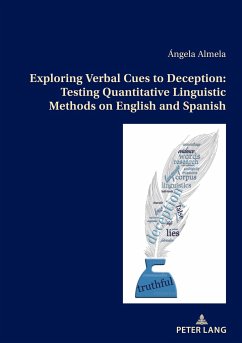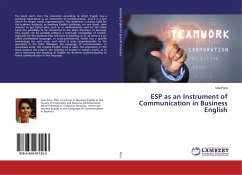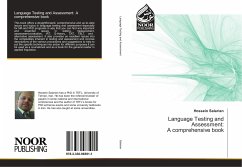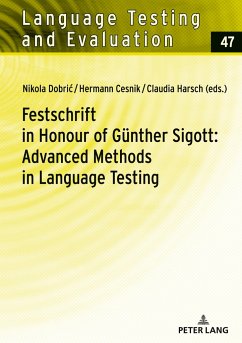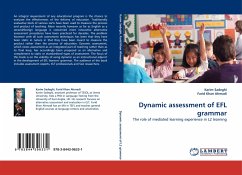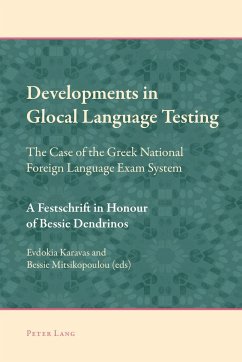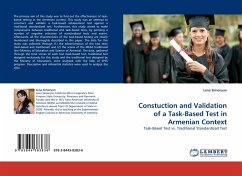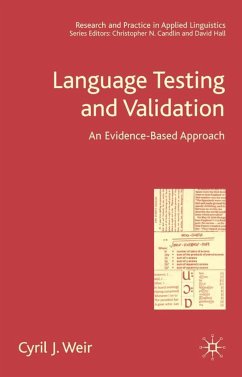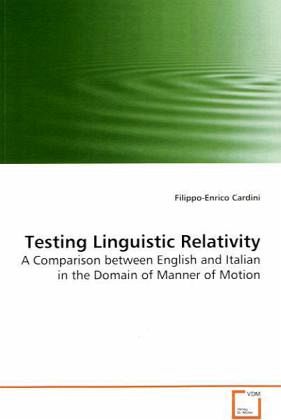
Testing Linguistic Relativity
A Comparison between English and Italian in the Domain of Manner of Motion
Versandkostenfrei!
Versandfertig in 6-10 Tagen
45,99 €
inkl. MwSt.

PAYBACK Punkte
23 °P sammeln!
These last few years have witnessed a renewedinterest in the theory of linguistic relativity .This book reports the findings of a linguisticrelativity study carried out on English and Italianspeakers with respect to the semantics of manner ofmotion. The two linguistic groups were found todiffer significantly in variety and frequency of useof manner of motion verbs, but not with respect tothe degree of visual attention paid to manners ofmotion. The study therefore provides evidence againstlinguistic relativity. Along with a considerableamount of empirical data, the book also contains sometheore...
These last few years have witnessed a renewed
interest in the theory of linguistic relativity .
This book reports the findings of a linguistic
relativity study carried out on English and Italian
speakers with respect to the semantics of manner of
motion. The two linguistic groups were found to
differ significantly in variety and frequency of use
of manner of motion verbs, but not with respect to
the degree of visual attention paid to manners of
motion. The study therefore provides evidence against
linguistic relativity. Along with a considerable
amount of empirical data, the book also contains some
theoretical discussions on various issues relevant to
the language-and-thought debate (e.g. the possible
existence of conceptual primitives, Slobin s concept
of thinking for speaking ). Special attention is
given to a set of criteria proposed by the author for
establishing what distinctive semantic features a
verb should have in order to justify classification
as a manner of motion verb . Students and
researchers who are interested in topics such as the
relationships between language and cognition, motion
conceptualisation, and semantics in general will find
this work useful.
interest in the theory of linguistic relativity .
This book reports the findings of a linguistic
relativity study carried out on English and Italian
speakers with respect to the semantics of manner of
motion. The two linguistic groups were found to
differ significantly in variety and frequency of use
of manner of motion verbs, but not with respect to
the degree of visual attention paid to manners of
motion. The study therefore provides evidence against
linguistic relativity. Along with a considerable
amount of empirical data, the book also contains some
theoretical discussions on various issues relevant to
the language-and-thought debate (e.g. the possible
existence of conceptual primitives, Slobin s concept
of thinking for speaking ). Special attention is
given to a set of criteria proposed by the author for
establishing what distinctive semantic features a
verb should have in order to justify classification
as a manner of motion verb . Students and
researchers who are interested in topics such as the
relationships between language and cognition, motion
conceptualisation, and semantics in general will find
this work useful.




